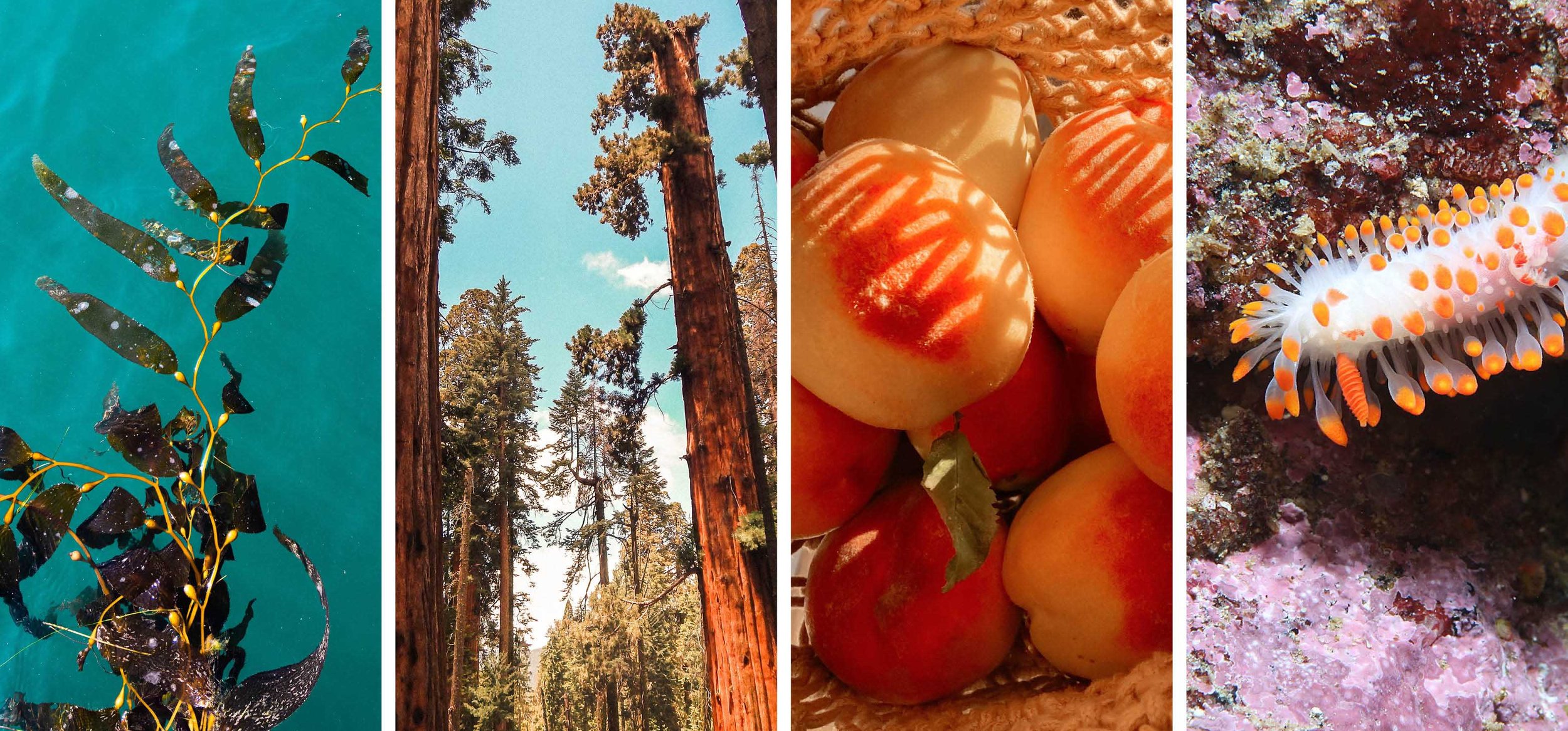
Bridging Conservation & Communities
by promoting collaborative stewardship and sustainable development in the Bay Area
Who We Are
We envision a Bay Area where people prosper with nature
We are a network of scientists, government leaders, storytellers, educators, nonprofit trailblazers, working lands luminaries, community ambassadors, and, most importantly, doers.
We work together to combat climate change and biodiversity loss in order to find bold, innovative, and equitable solutions that strengthen the resiliency of our communities and our shared environment.
We’re part of something bigger
Biosphere Regions are areas of international ecological importance
Originally recognized by UNESCO’s Man and the Biosphere Program in 1988, our official Biosphere Region status is evidence of the significant ecological and cultural diversity present within the lands and waters of the Bay Area. In fact, we are the only Biosphere Region in the United States where land, sea, and city meet!
We’re 1 of 28 Biosphere Regions in the United States Biosphere Network (USBN).
We’re a member of the World Network of Island and Coastal Biosphere Reserves.
We’re a part of the World Network of Biosphere Reserves, which numbers more than 700 sites in over 130 countries.
Our connection is our strength
Biosphere Regions are unique in that they encompass both protected areas and areas where communities live, work, and play. We exist to promote the ecological and cultural significance of our region, but we do not restrict or manage uses of these resources.
Our Network acts as the connective tissue between our partner organizations, and this connectivity allows us to provide cross-boundary capacity to better steward the lands, waters, and rich biodiversity of the Bay Area.
The world is facing unique challenges & we want to be a part of the solution
Our 3 pillars of focus are:
✔ Conservation of biodiversity, cultural diversity, and natural resources
✔ Economic development that is socio-culturally and environmentally sustainable
✔ Logistic and communication support for research, monitoring, education and training
Read more about how we are working to realize these goals in our 2025 – 2028 Work Plan








